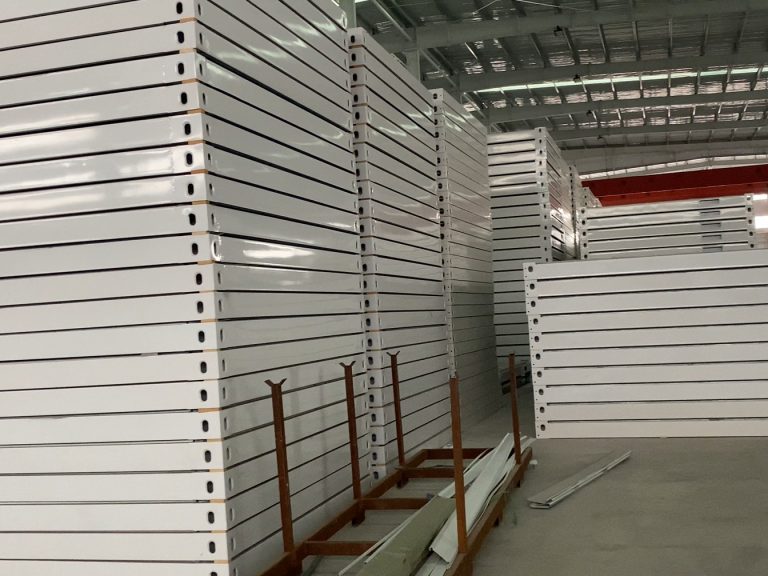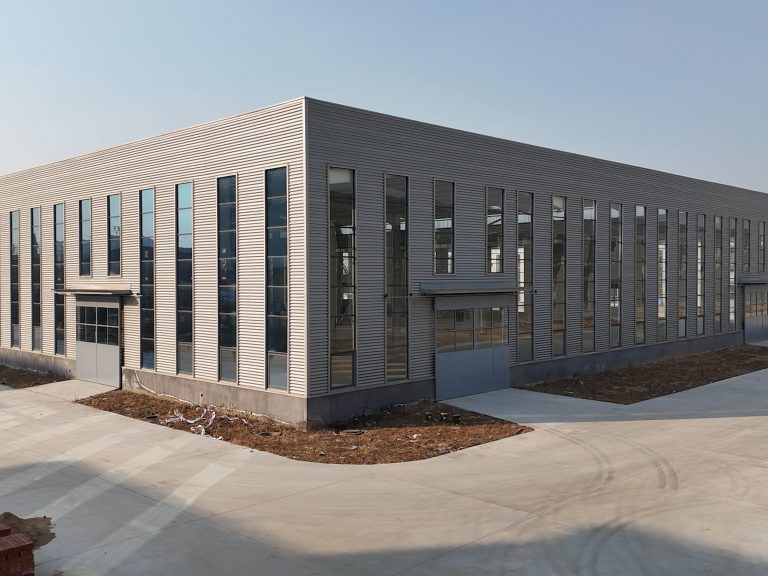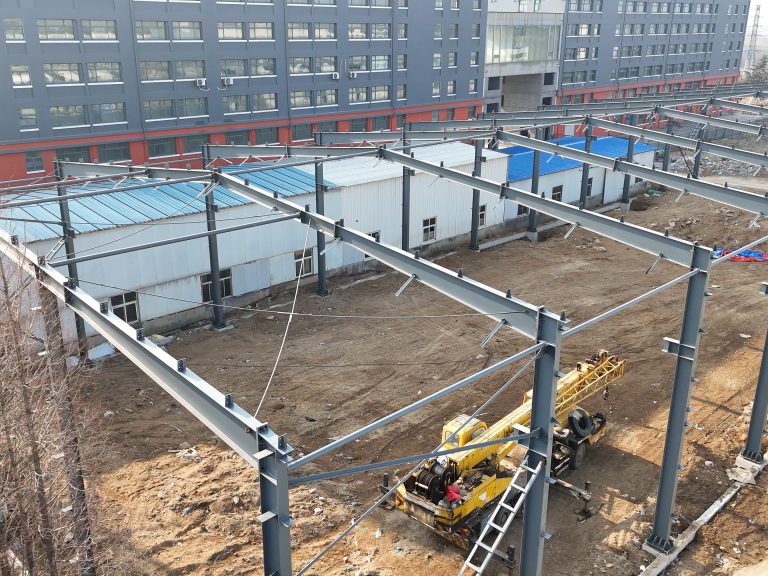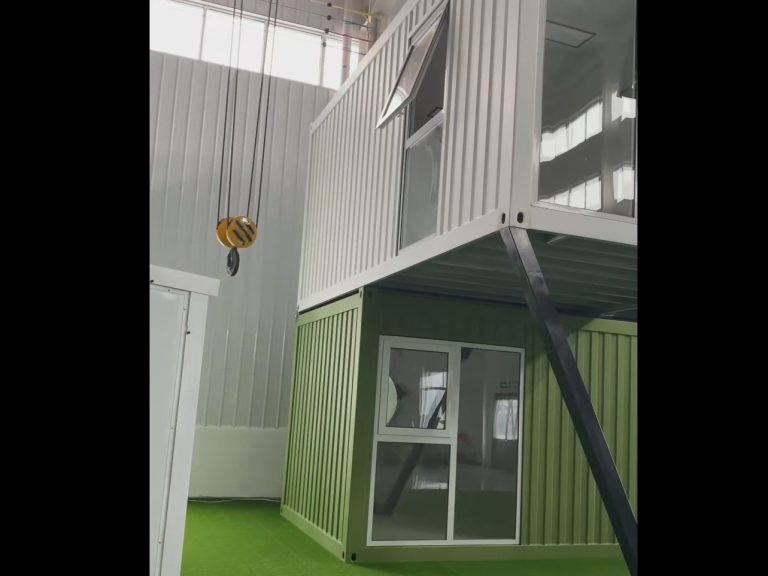Table of Contents
Maximizing Natural Light in a Box Room
When it comes to designing the interior lighting layout of a box room, maximizing natural light is key. Box rooms, typically small and enclosed spaces, can often feel dark and cramped if not properly illuminated. Natural light not only brightens up the room but also creates a sense of openness and airiness. In this article, we will explore some tips and tricks for maximizing natural light in a box room to create a more inviting and spacious atmosphere.
One of the first things to consider when designing the interior lighting layout of a box room is the placement of windows. Windows are the primary source of natural light in a room, so it is important to make the most of them. If possible, position windows on multiple walls to allow light to enter from different angles. This will help to evenly distribute light throughout the room and reduce shadows.

In addition to the placement of windows, the size and style of windows can also impact the amount of natural light in a box room. Larger windows will allow more light to enter the room, while windows with clear glass will maximize the amount of sunlight that filters through. Consider installing skylights or light tubes to bring in even more natural light, especially in rooms with limited wall space for windows.
Another way to maximize natural light in a box room is to choose light-colored paint for the walls and ceiling. Light colors reflect light, making the room feel brighter and more spacious. Opt for white or pale shades of blue, green, or yellow to create a fresh and airy atmosphere. Avoid dark colors, which can absorb light and make the room feel smaller and more closed-in.
In addition to paint colors, the type of flooring in a box room can also impact the amount of natural light. Light-colored flooring, such as hardwood or light-colored carpet, will reflect light and brighten up the room. Consider adding a large area rug in a light color to further enhance the brightness of the space.
When it comes to artificial lighting, consider using a combination of overhead lighting, task lighting, and accent lighting to supplement natural light. Overhead lighting, such as recessed lights or a ceiling fixture, can provide general illumination for the room. Task lighting, such as a desk lamp or reading light, can be used for specific activities. Accent lighting, such as wall sconces or floor lamps, can add depth and visual interest to the room.
To further enhance the natural light in a box room, consider using mirrors strategically. Mirrors can reflect light and create the illusion of more space. Place a large mirror on a wall opposite a window to bounce light around the room. Consider using mirrored furniture or accessories to add sparkle and shine to the space.
In conclusion, maximizing natural light in a box room is essential for creating a bright and inviting atmosphere. By carefully considering the placement of windows, the use of light-colored paint and flooring, and the strategic use of artificial lighting and mirrors, you can create a space that feels open and airy. With these tips and tricks, you can transform a dark and cramped box room into a light-filled oasis.
Creative Lighting Solutions for Small Spaces
When it comes to designing the interior lighting layout of a box room, there are several factors to consider in order to create a well-lit and visually appealing space. Box rooms, also known as small or compact rooms, present a unique challenge when it comes to lighting design due to their limited space and often awkward layout. However, with the right approach and creative solutions, it is possible to achieve a well-lit and inviting atmosphere in even the smallest of rooms.
One of the key considerations when designing the lighting layout of a box room is the placement of light fixtures. In a small space, it is important to make the most of every inch of available space, including the ceiling and walls. Ceiling-mounted fixtures such as recessed lights or track lighting can help to illuminate the room evenly and provide a bright, welcoming atmosphere. Wall-mounted sconces or picture lights can also be used to add additional layers of light and create a more dynamic lighting scheme.
In addition to the placement of light fixtures, the type of lighting used in a box room is also an important consideration. In small spaces, it is often best to use a combination of ambient, task, and accent lighting to create a well-balanced and visually interesting lighting design. Ambient lighting, such as overhead fixtures or wall-mounted sconces, provides overall illumination and helps to brighten the room. Task lighting, such as desk lamps or under-cabinet lights, is essential for performing specific tasks such as reading or working. Accent lighting, such as spotlights or picture lights, can be used to highlight artwork or architectural features and add visual interest to the space.
When designing the lighting layout of a box room, it is important to consider the color temperature of the light bulbs used. Warm white light (2700-3000K) is often preferred for living spaces as it creates a cozy and inviting atmosphere, while cool white light (4000-5000K) is better suited for task-oriented spaces such as home offices or kitchens. By choosing the right color temperature for each area of the room, it is possible to create a cohesive and harmonious lighting design that enhances the overall look and feel of the space.
Another important consideration when designing the lighting layout of a box room is the use of dimmer switches. Dimmer switches allow for greater control over the intensity of the light in a room, making it easy to adjust the lighting to suit different activities or moods. In a small space, dimmer switches can help to create a more versatile and flexible lighting scheme that can be easily customized to meet the needs of the occupants.
In conclusion, designing the interior lighting layout of a box room requires careful consideration of the placement, type, and color temperature of light fixtures, as well as the use of dimmer switches to create a versatile and visually appealing lighting scheme. By taking these factors into account and using creative solutions, it is possible to achieve a well-lit and inviting atmosphere in even the smallest of rooms.






